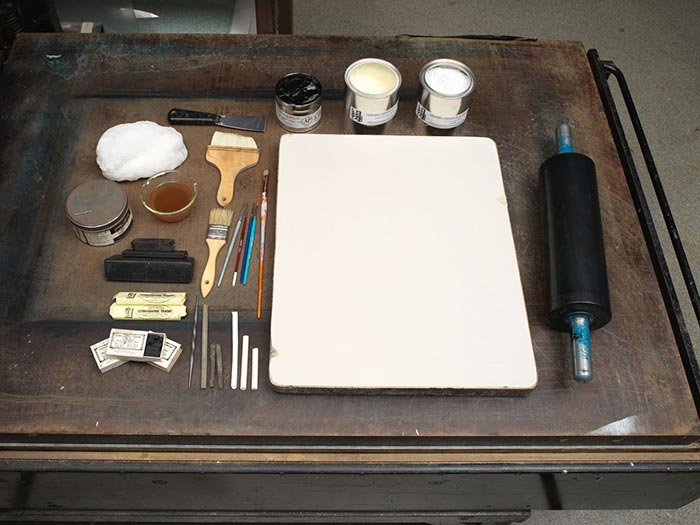Clipper Ship Three Brothers, 2972 Tons: The Largest Sailing Ship in the World
Lithographer and publisher Currier & Ives American
Not on view
Marine views and pictures of ships have long appealed to collectors and popular taste. To meet consumer demand, print publishers produced many pictures of clipper ships, which were designed for speedy transport of large cargoes. Many clippers specialized in the China tea trade, or the transport of passengers and goods during the California gold rush, while others engaged in the long voyage to Australia. When a clipper ship set a remarkable record for speed, a print was often produced to celebrate the feat, thereby also creating good publicity for the ship's builder, owner, as well as the captain.
Originally named "The Vanderbilt," the "Three Brothers" was built in 1855 in New York for the Commodore Vanderbilt Service from New York to Le Havre. After the United States government purchased the ship in 1861, the vessel was used to battle and destroy Confederate warships during the American Civil War. After 1865, the ship was sold again to San Francisco merchants who renamed it "Three Brothers" and used it for trade between San Francisco to New York and Liverpool. This print depicts the ship progressing speedily in the wind with all of its thirty-one sails unfurled; the inscription on the print proclaims it the "Largest Sailing Ship in the World."
Nathaniel Currier, who established a successful New York-based lithography firm in 1835, produced thousands of hand-colored prints in various sizes that together create a vivid panorama of mid-to-late nineteenth century American life and its history. He published his first clipper ship print in 1845. As the firm expanded, Nathaniel included his younger brother Charles in the business; it was Charles who introduced his brother to James Merritt Ives, who eventually became Nathaniel's business partner in 1857, thereafter renaming the firm Currier & Ives. For decades, people eagerly acquired the firm's lithographs, such as those featuring picturesque scenery, rural and city views, ships, railroads, portraits, hunting and fishing scenes, domestic life and numerous other subjects, as an inexpensive way to decorate their homes or business establishments.

